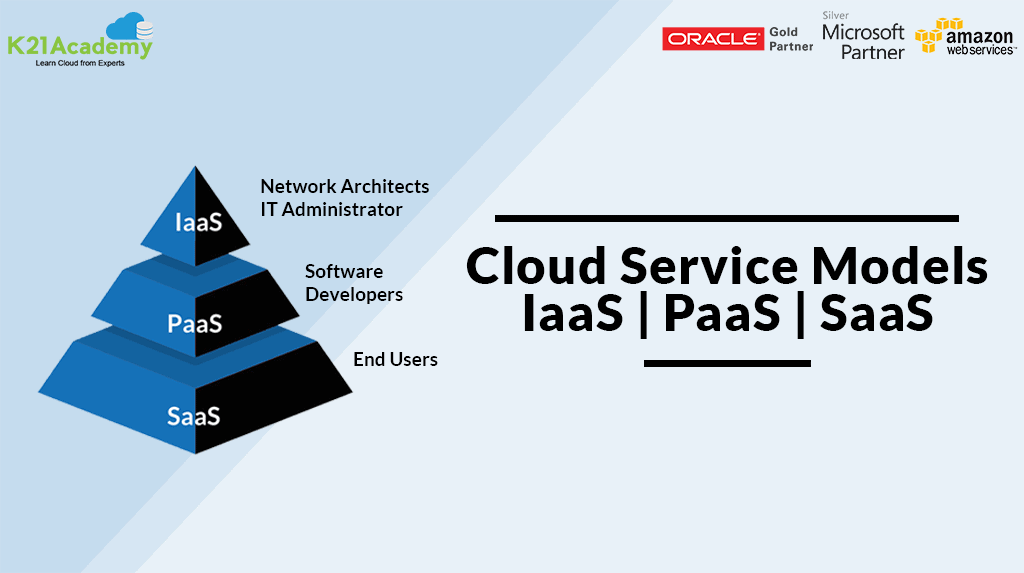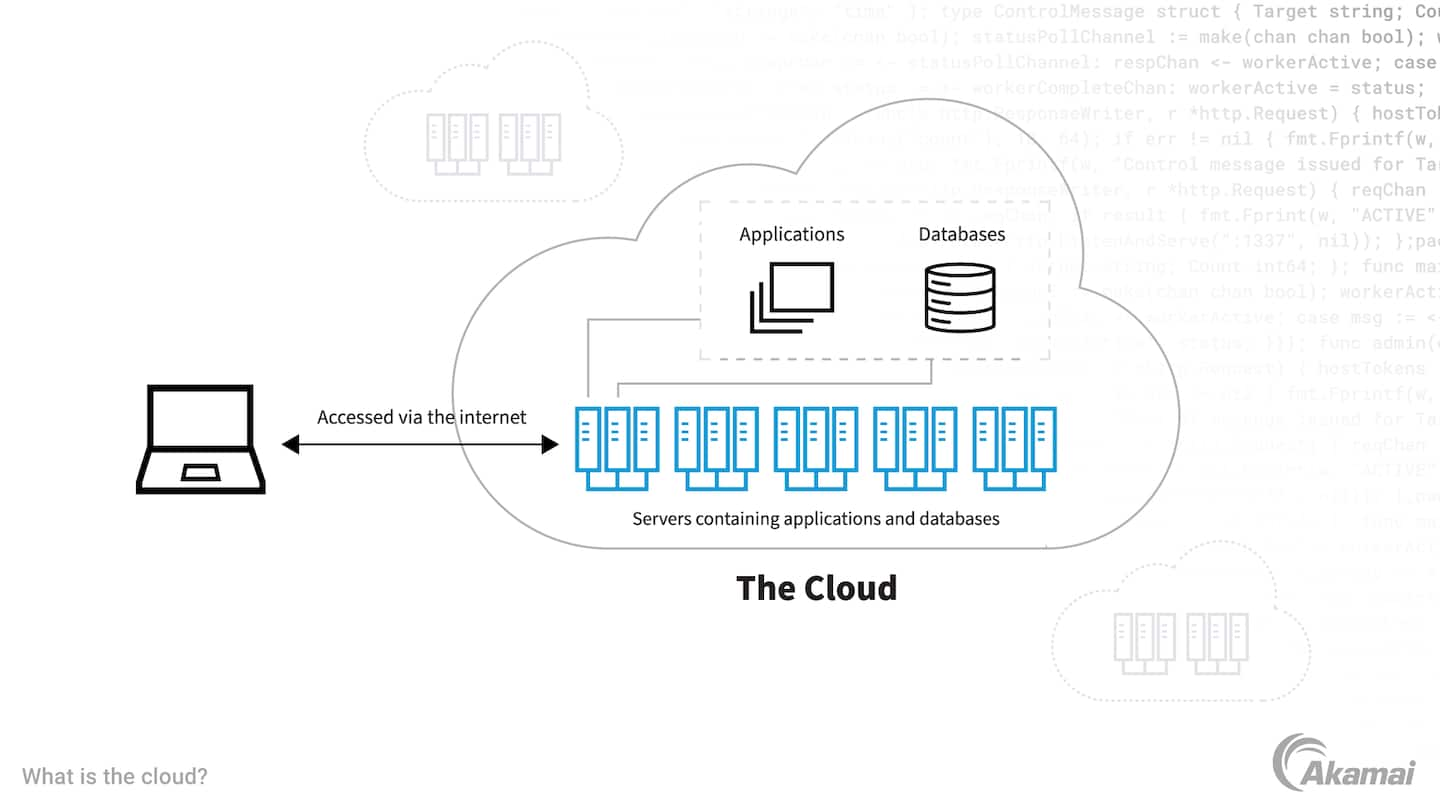Necessary Tips for LinkDaddy Cloud Services: Maximizing Your Universal Cloud Service Strategy
Necessary Tips for LinkDaddy Cloud Services: Maximizing Your Universal Cloud Service Strategy
Blog Article
Simplify Your Facilities With Cloud Services
As organizations navigate the ever-evolving landscape of innovation and information management, the function of cloud services in simplifying facilities has become increasingly prominent. Just how can companies successfully navigate this transition and really unlock the capacity of cloud solutions for simplifying their framework?
Advantages of Cloud Provider
Cloud solutions provide a structured technique to managing IT framework, providing services with versatility, cost-efficiency, and scalability. One of the vital benefits of cloud solutions is the scalability they use.
Additionally, cloud solutions eliminate the requirement for services to purchase expensive software and hardware. This cost-efficiency is a considerable benefit, particularly for little to medium-sized ventures looking to minimize ahead of time expenses. By using cloud services, businesses can access top notch IT resources without the substantial cost tag connected with conventional facilities setups.
Moreover, cloud services give companies with the flexibility to access their information and applications from anywhere with a net connection. This level of accessibility improves cooperation amongst teams, allows remote job, and increases total performance. The versatility supplied by cloud solutions equips companies to adapt swiftly to altering market conditions and customer needs.
Cost Savings and Scalability
In enhancement to the functional advantages highlighted earlier, the integration of cloud solutions right into a firm's infrastructure generates substantial expense savings and improved scalability. Cloud services use a pay-as-you-go design, permitting companies to scale resources up or down based upon present demands, thus avoiding the costs related to keeping excess ability. This versatility makes it possible for business to adapt promptly to varying demands without sustaining unneeded expenses.
Furthermore, cloud services eliminate the need for in advance financial investments in equipment and software, reducing capital investment. Operating budget are additionally reduced as business no longer need to manage and maintain physical web servers, bring about reduced power intake and IT staffing prices. Additionally, cloud services supply automatic updates and maintenance, making certain that the framework remains up-to-date and secure without calling for hand-operated interventions.
Enhanced Security Actions
Executing strict security actions is critical when integrating cloud solutions right into a firm's infrastructure to ensure and protect delicate information conformity with market guidelines. Cloud solution companies use enhanced safety and security features such as information security, firewall program security, and multi-factor authentication to reduce cybersecurity risks.
Additionally, regular safety audits and compliance analyses help make sure and identify susceptabilities adherence to industry criteria. Companies can likewise profit from features like automated security updates and real-time hazard tracking supplied by cloud company. By focusing on security steps and remaining proactive in resolving potential risks, companies can confidently leverage cloud services while protecting their valuable data from unapproved gain access to or breaches.
Transitioning to Cloud Infrastructure
To efficiently integrate cloud services right into a firm's infrastructure, a structured strategy that deals with the shift see towards cloud-based Read Full Report services is important. Transitioning to shadow framework involves mindful preparation and execution to make certain a smooth movement procedure. The primary step is to evaluate the present framework and determine which applications and systems appropriate for movement to the cloud. This evaluation must think about aspects such as data sensitivity, conformity demands, and performance needs.
When the evaluation is full, a migration strategy must be established. This technique needs to detail the timeline, sources, and responsibilities for moving each component to the cloud. It is vital to interact this plan plainly to all stakeholders to make certain positioning and lessen disturbances throughout the transition.
During the movement testing, process and tracking are important to identify and resolve any kind of problems promptly. Routine checkpoints should be developed to track progress and make necessary modifications. In addition, training for employees on using cloud solutions must be supplied to make sure an effective shift and make best use of the benefits of the new facilities.
Ideal Practices for Cloud Adoption
Successful fostering of cloud services rests on the calculated positioning of service goals with technical abilities and business preparedness. To guarantee a smooth transition to the cloud, companies ought to begin by carrying out a comprehensive evaluation of their existing framework and identifying which work are best fit for cloud movement. It is crucial to involve vital stakeholders from different divisions in the decision-making process to get buy-in and resolve any type of issues at an early stage.
An additional ideal technique for cloud adoption is to focus on protection and compliance. Organizations has to thoroughly assess the safety and security procedures offered by cloud company and guarantee that their information is protected according to industry criteria and regulatory requirements. Carrying out robust information security, access controls, and routine safety and security audits can help my company minimize threats connected with cloud adoption.

Conclusion

As businesses navigate the ever-evolving landscape of modern technology and data management, the duty of cloud services in simplifying facilities has become significantly noticeable - linkdaddy cloud services. Exactly how can businesses efficiently browse this transition and really open the capacity of cloud solutions for simplifying their infrastructure?
Cloud services offer a streamlined approach to managing IT facilities, supplying services with scalability, cost-efficiency, and flexibility. By making use of cloud services, organizations can access high-quality IT resources without the large price tag linked with typical framework setups.
To make sure a smooth shift to the cloud, organizations must begin by carrying out a thorough assessment of their current infrastructure and identifying which workloads are best suited for cloud movement.
Report this page